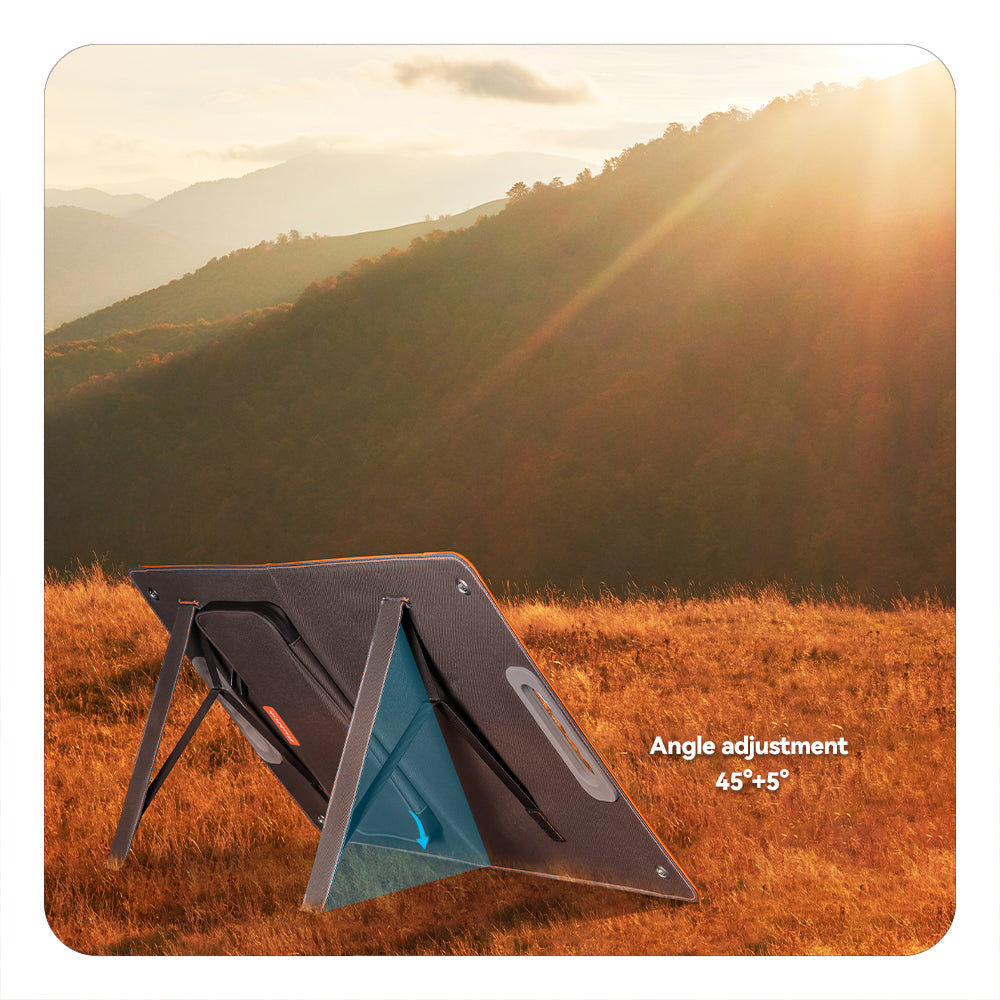Understanding Battery Materials and Their Temperature Sensitivity 🧪
1. Lead-Acid Batteries ⚙️
Lead-acid batteries are widely used in vehicles and backup power systems.
-
Optimal Operating Temperature Range: -20°C to 50°C (-4°F to 122°F)
-
Cold Temperatures: At low temperatures, the chemical reactions within lead-acid batteries slow down, leading to reduced capacity and performance. In extreme cold, these batteries can lose up to 50% of their capacity, making it difficult to start vehicles or power devices.
-
Hot Temperatures: High temperatures can increase the rate of self-discharge and may lead to overheating. This can damage the battery plates and reduce lifespan. It’s crucial to keep lead-acid batteries in a temperature-controlled environment to avoid these issues.
2. Lithium-Ion Batteries 🔋
Lithium-ion batteries are popular in consumer electronics and electric vehicles due to their high energy density and efficiency. They can be further divided into two main types: ternary lithium batteries and lithium iron phosphate (LiFePO4) batteries.
A. Ternary Lithium Batteries (NMC/NCA) 🌟
Ternary lithium batteries, which typically use nickel, manganese, and cobalt (NMC) or nickel, cobalt, and aluminum (NCA) as cathode materials, are known for their high energy density and performance.
-
Optimal Operating Temperature Range: 0°C to 45°C (32°F to 113°F)
-
Cold Temperatures: Ternary lithium batteries experience reduced performance in cold conditions. They may take longer to charge and can suffer from capacity loss if exposed to freezing temperatures. This can lead to a significant drop in efficiency, especially in electric vehicles during winter months.
-
Hot Temperatures: High temperatures can accelerate the aging process of ternary lithium batteries, leading to decreased capacity and increased risk of thermal runaway. This phenomenon can cause fires or explosions, making it essential to monitor temperature closely during charging and discharging.
B. Lithium Iron Phosphate (LiFePO4) Batteries 🔋
LiFePO4 batteries are known for their thermal stability and safety, making them a popular choice for applications requiring high safety standards.
-
Optimal Operating Temperature Range: -20°C to 60°C (-4°F to 140°F)
-
Cold Temperatures: While LiFePO4 batteries also experience reduced capacity in cold weather, they are generally more resilient than ternary lithium batteries. They can maintain a more stable performance in lower temperatures, making them suitable for various applications.
-
Hot Temperatures: LiFePO4 batteries have a higher tolerance for heat compared to ternary lithium batteries. However, excessive heat can still lead to reduced lifespan and performance. It’s important to keep these batteries cool to maximize their longevity.
3. Nickel-Metal Hydride (NiMH) Batteries 🌿
NiMH batteries are commonly used in hybrid vehicles and rechargeable household batteries.
-
Optimal Operating Temperature Range: -20°C to 60°C (-4°F to 140°F)
-
Cold Temperatures: NiMH batteries can experience reduced capacity in cold weather, but they are generally more resilient than lead-acid batteries in low temperatures. They may still function adequately, but performance will be diminished.
-
Hot Temperatures: Excessive heat can lead to increased self-discharge rates and may cause the battery to vent, releasing gases and potentially damaging the battery. Proper ventilation and temperature control are essential for maintaining NiMH battery health.
4. Nickel-Cadmium (NiCd) Batteries ⚡
NiCd batteries are known for their durability and ability to perform well in extreme conditions.
-
Optimal Operating Temperature Range: -20°C to 50°C (-4°F to 122°F)
-
Cold Temperatures: NiCd batteries can operate in colder temperatures better than other types, but their capacity still decreases as temperatures drop. They are often used in applications where temperature fluctuations are common.
-
Hot Temperatures: High temperatures can lead to rapid self-discharge and reduced lifespan, similar to NiMH batteries. It’s crucial to monitor the temperature to prevent damage.
Tips for Optimizing Battery Performance in Different Temperatures 🌍
To ensure your batteries perform optimally regardless of temperature, consider the following tips:
-
Store Batteries Properly: Keep batteries in a cool, dry place away from direct sunlight and extreme temperatures. If possible, store them at room temperature to prevent degradation.
-
Avoid Extreme Conditions: Try to avoid exposing batteries to extreme heat or cold during use. For example, don’t leave your devices in a hot car or outside in freezing temperatures.
-
Monitor Battery Health: Regularly check your batteries for signs of damage, such as swelling, leaks, or reduced performance. If you notice any issues, consider replacing them to avoid potential hazards.
-
Use Insulation: For batteries used in extreme conditions, consider using insulation or protective cases to help regulate temperature. This can be particularly beneficial for lithium-ion batteries in electric vehicles.
-
Charge Smartly: Use chargers that are compatible with your battery type and avoid overcharging. Charging at moderate temperatures can help maintain battery health.
Conclusion
Understanding how different battery materials react to temperature changes is crucial for optimizing their performance and lifespan. By taking the necessary precautions and following best practices, you can ensure that your batteries remain reliable and efficient, no matter the weather. At FlashFish, we are dedicated to providing high-quality energy solutions and educating our customers about battery care. For more information on our products and tips for battery maintenance, visit our website today! Keep your power flowing and stay charged! ⚡🔋🌟





Zostaw komentarz
Ta strona jest chroniona przez hCaptcha i obowiązują na niej Polityka prywatności i Warunki korzystania z usługi serwisu hCaptcha.